

Biogeochemistry is a big word. Biogeochemistry also covers an enormous field of study. It is a systems science – a way of looking at how the Earth’s systems (water, atmosphere, land and living ...
READ MORE

Positions: Professor – Lincoln University, Principal Scientist – AgResearch, Chief Scientist – National Science Challenge: Our Land and Water. Field: Soil and water quality. Professor Richard ...
READ MORE

What do soil, farming and science have to do with each other? Actually, they are inextricably related. For centuries, humans have used science to improve soil productivity and crop yields. The ...
READ MORE
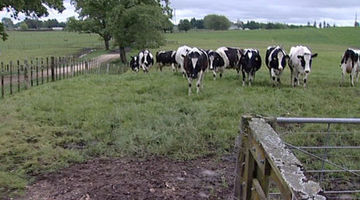
In this activity, students explore ethical issues related to farming and environmental pollution. They learn about the science involved and the range of perspectives among stakeholders. By the ...
READ MORE

In this activity, students observe the colour inside the root nodules of clover (or other legume) to see if they are fixing nitrogen. By the end of this activity, students should be able to ...
READ MORE
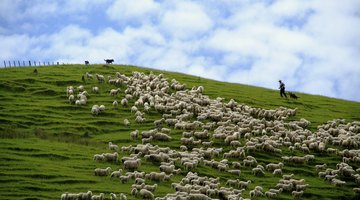
In this activity, students measure the pH of soil collected from a paddock. This will be used to estimate the amount of agricultural lime needed to promote good grass growth. By the end of this ...
READ MORE
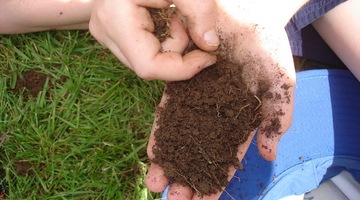
Earthworms are useful indicators of soil health. This project aims to capture information on earthworm abundance and species distribution throughout New Zealand. Information provided will be used ...
READ MORE
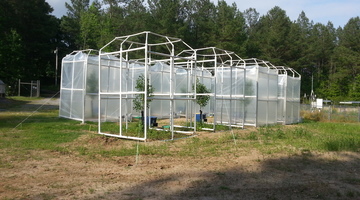
By comparing some features of fossilised plants with the same features of plants living today, scientists hope to be able to learn more about the effect of changing carbon dioxide (CO2) levels in ...
READ MORE

iNaturalist logs hundreds of thousands of photos of flora, fauna and fungi. There are even sound recordings too. Each is described and geo located. iNaturalist is used by citizens and scientists ...
READ MORE
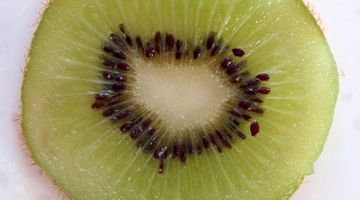
This online PD session recorded on 3 June 2015 introduces agriculture and horticulture teachers to resources on the Science Learning Hub that support three particular aspects – soils, plant ...
READ MORE
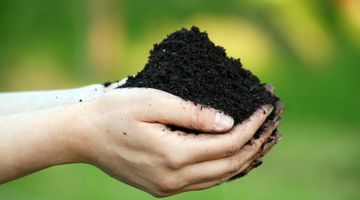
Soil – it’s much more than dirt. Soil keeps us alive. Without soil, we would be hungry, thirsty, naked, homeless and breathless. Soils differ from location to location and are a range of colours ...
READ MORE

This topic planner offers a suggested pathway through some of the soils resources on the Science Learning Hub. You can use it to create a personalised teaching unit. The topic planner focuses on ...
READ MORE
Dr Ross Monaghan from AgResearch at Invermay in Otago explains the importance of phosphorus and then talks us through phosphorus cycle. Jargon alert Ross mentions that phosphorous is adsorbed to ...
READ MORE
Dr Ross Monaghan from AgResearch at Invermay in Otago talks about various practices that can be employed to manage nutrient losses from becoming a problem on farmland.
READ MORE
New Zealanders are a nation of potato lovers. We also have a thriving export market for our potatoes. Unfortunately, the tomato/potato psyllid pest is costing our commercial potato industry ...
READ MORE

An interactive showing the main components of the terrestrial nitrogen cycle. Select one of the buttons to find out more. Go here to view the full transcript and copyright information.
READ MORE

This timeline lets you see aspects of Thomas's life and work, and how these fit into a wider science picture of soil science. A full transcript is underneath.
READ MORE

This interactive introduces and houses resources developed by Magma Drillers Save Planet Earth – a University of Canterbury project funded by Curious Minds. Select here to view the full ...
READ MORE